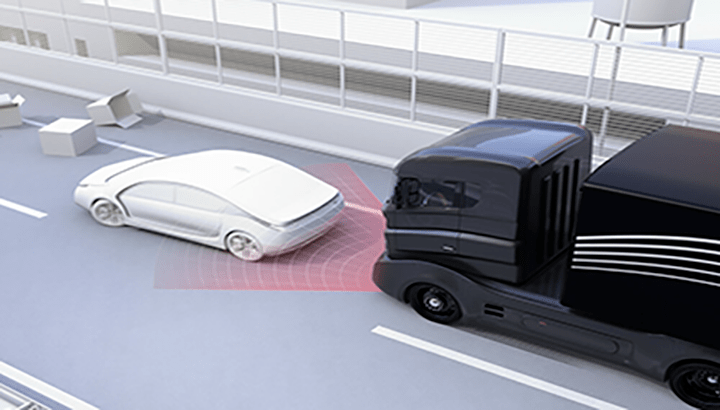Design and implementation of an IoT-Based diabetes remote monitoring system
To manage and link patients with their doctors, an IoT-based webapplication has been created and connected to a Node-Red dashboard. Physicians can assist patients in real time via a dashboard with an easy to use interface based on readings gathered by sensors. The earlier researchers introduced the use of mHealth, an Internet of Things (IoT) system that combines computers and mobile phones with sensor-based technology. The system was created and validated so that doctors could access patient data through a web-based and mobile application. The use of a remote monitoring system for diabetes is a technique for the careful control of the condition, which can develop as a result of high blood sugar. Doctors assisted the patients, and they had access to their input via the patient panel of the program, their e-mail accounts, as well as by phone call. The literature that is now available demonstrated that excessive blood glucose levels are linked to a variety of complex dangers, including stroke and heart conditions such as cardiovascular diseases.
This study benefits the healthcare industry by bridging the real-time healthcare gap that existed between doctors and patients, which may result in fatalities. This Diabetes Remote Monitoring System (DRMS) runs intelligently by anticipating linked devices in the healthcare sector for diabetic patients. The thesis concentrated on how IoT devices might help diabetics maintain the aforementioned criteria. We saw real-time data transfer from the patient to the professionals based on the findings. When fasting, diabetics are in a serious condition if their blood sugar levels are 80 to 139 mg/dl, >85 bpm, 120 to 180 mmHg (systolic), 80 to 120 mmHg (diastolic), 36 to 37.9 oC, or 37.9 oC, respectively. Real-time measurements have been used to evaluate the Correct Dose Insulin computation.
Related project idea for free
TEMPERATURE AND FACE DETECTION SYSTEM
The measured amount of heat in a place or in the body is called temperature whereas face is the front of the head, where the eyes, nose and mouth are. By using face detection, you can recognize someone’s identification. Temperature can be used as the sign of change in human body. In corona virus/c...
Read more>>Vehicle collision avoidance IOT system
Driver-assistance systems called collision avoidance systems, sometimes known as crash avoidance systems, use sensors and algorithms to identify possible hazards or obstructions and issue alerts to the driver to help prevent a collision. A collision avoidance system is a type of safety device used t...
Read more>>Household pollution monitoring and prediction system using IOT
Indoor pollution has become a concern all over the world. The means of source of fire in low-income and middle-income countries use firewood, charcoal, and liquefied petroleum gas (LPG) for cooking daily. According to the world health organization, an estimated 1.6 million people die annually due to...
Read more>>Smart airtime vending machine
The most important intention of this thesis includes undertaking modern technology by designing and implementing a smart airtime vending machine known as a self-service airtime vendor machine that will come as an additional method apart from the current airtime selling and buying methods which are m...
Read more>>IoT-based conversational AI Recommender assistant for vital sign predicted anomalies
In most real-time scenarios such as emergency first response or a patient self-monitoring using a wearable device, it is likely that accessing a healthcare physician for assessing potential vital sign anomalies and providing a recommendation will be impossible; thus potentially putting the patient a...
Read more>>
